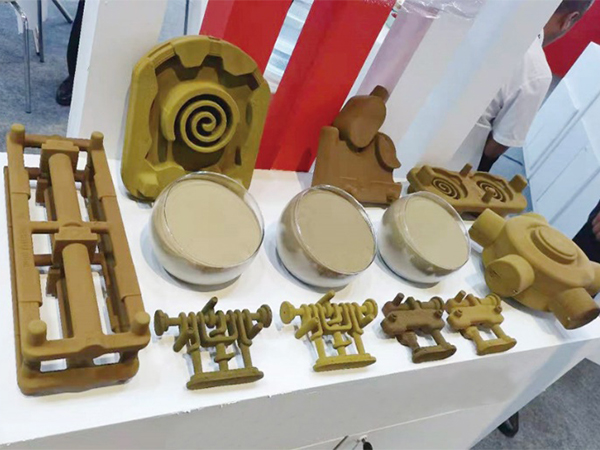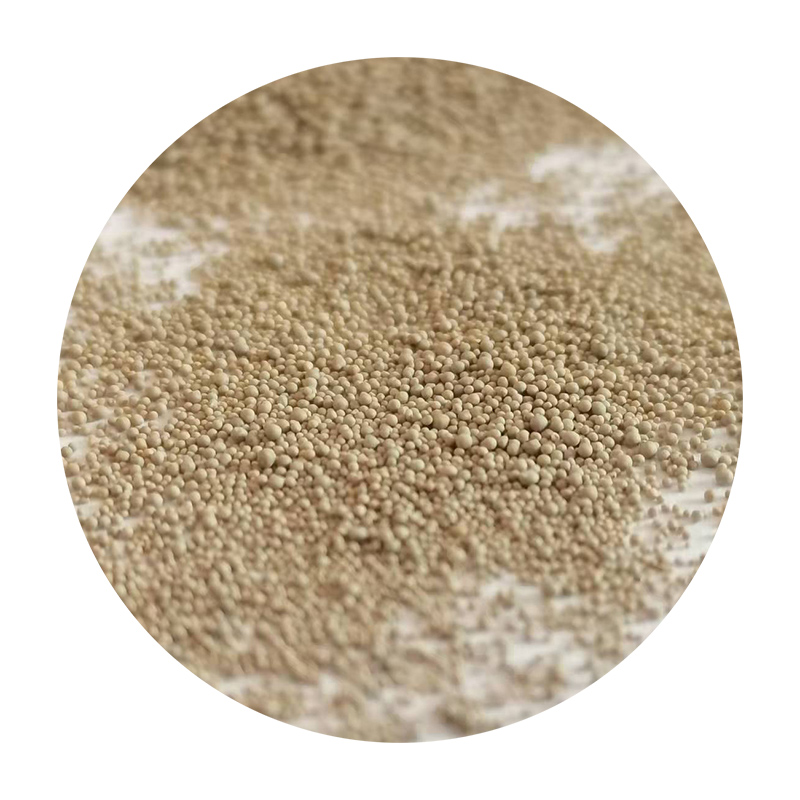

In addition to these industries, sand casting is also crucial for the production of plumbing fixtures, industrial valves, pump housings, and other hardware that require robust and reliable components. The method supports the creation of parts that manage high pressure and other critical conditions, ensuring safety and efficiency in building and infrastructure systems. The expertise required in sand casting also speaks to its authority as a method. Foundry experts bring years of technical knowledge and practical experience to optimize the casting process, from selecting appropriate sand mixtures to managing casting conditions. This expertise ensures that each casting meets exact specifications and maintains high quality, further validating sand casting's authoritative status in manufacturing. Moreover, ongoing advancements in sand casting technology underscore its trustworthiness and future potential. Developments in mold-making techniques, improved casting materials, and the integration of automation have enhanced the consistency and reduced the cost of this traditional method. Engineers and manufacturers can trust in sand-casting products, as each innovation builds upon the reliability established over centuries of use. In conclusion, the applications of sand casting extend far and wide, supporting critical components across multiple industries. Its enduring relevance lies in its ability to produce complex, durable, and custom parts that facilitate innovation and performance. As industries continue to evolve, sand casting remains a trusted pillar of the manufacturing landscape, driven by expertise, technological advancements, and a legacy of unwavering reliability. Post time:Feb . 04, 2025 04:59
Next:Ceramcast sand ball shape for sand casting
